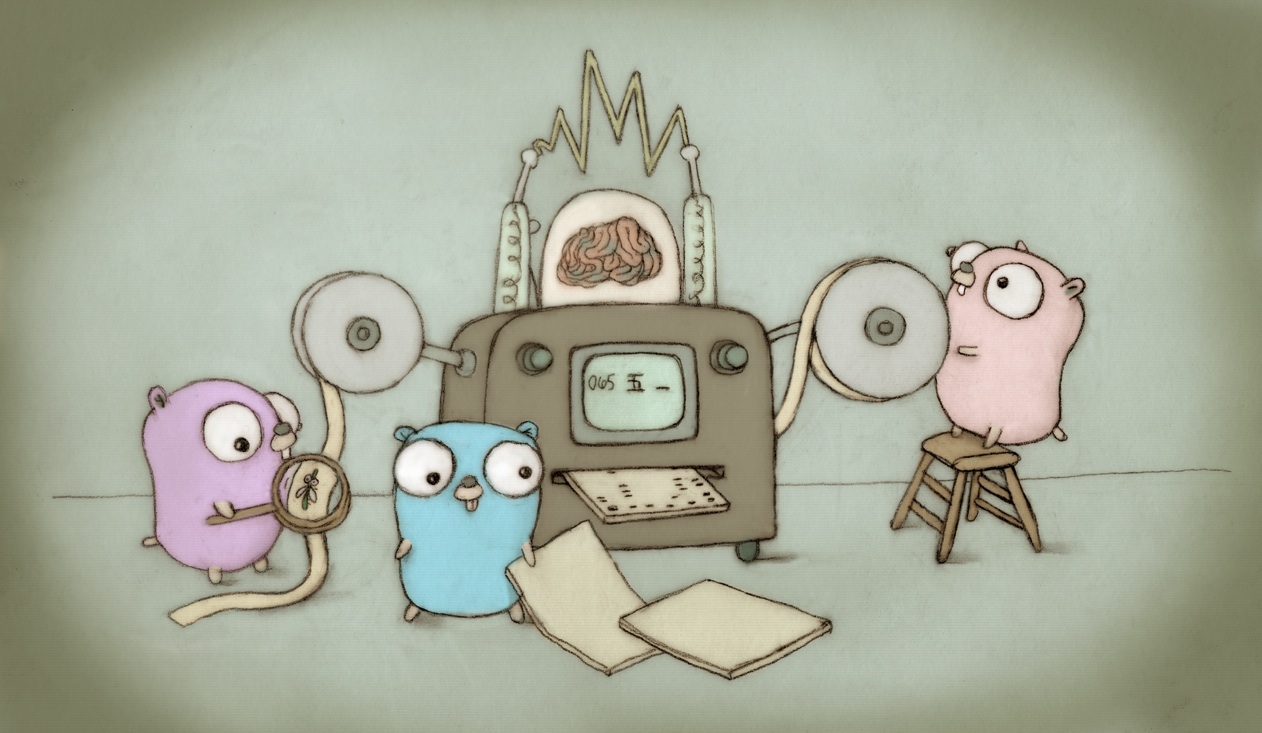Currently, when mapping symbol's local index to global index, for duplicated and overwriting/overwritten symbols, each appearance of the symbol gets a global index, with one being the "primary", and others "redirect" to it through the overwrite map. Basically, the local-global index mapping is one to one, with overwrite/ dedup happening in global index level. This has a few drawbacks: - All symbol accesses effectively need to query the overwrite map. This may hurt performance. - For multi-level overwrites, (Y overwrites X, Z overwrites Y), this can get quite complicated, and we have to follow the redirection recursively. - Failed to follow or to update the overwrite map leads to bugs. In this CL, we change the index mapping mechanism so that each symbol get a unique global index. Multiple appearances of the same symbol get the same index. Now the local-global index mapping is N to one. Overwrite/dedup happens directly in the local-global mapping. We keep both mapping directions in arrays. Each object carries an array for its local-global mapping. The loader carries an array mapping global index to the "primary" local index, which is the one we should load from. This way, we can get rid of the overwrite map, and index conversions are simply array accesses. TODO: we still make reservation of the index space upfront, and leave holes for dup symbols. Maybe get rid of the reservation and holes. Change-Id: Ia251489d5f2ff16a0b3156a71d141a70cdf03a4e Reviewed-on: https://go-review.googlesource.com/c/go/+/217064 Run-TryBot: Cherry Zhang <cherryyz@google.com> TryBot-Result: Gobot Gobot <gobot@golang.org> Reviewed-by: Jeremy Faller <jeremy@golang.org> |
||
|---|---|---|
| .github | ||
| api | ||
| doc | ||
| lib/time | ||
| misc | ||
| src | ||
| test | ||
| .gitattributes | ||
| .gitignore | ||
| AUTHORS | ||
| CONTRIBUTING.md | ||
| CONTRIBUTORS | ||
| favicon.ico | ||
| LICENSE | ||
| PATENTS | ||
| README.md | ||
| robots.txt | ||
| SECURITY.md | ||
The Go Programming Language
Go is an open source programming language that makes it easy to build simple, reliable, and efficient software.
 Gopher image by Renee French, licensed under Creative Commons 3.0 Attributions license.
Gopher image by Renee French, licensed under Creative Commons 3.0 Attributions license.
Our canonical Git repository is located at https://go.googlesource.com/go. There is a mirror of the repository at https://github.com/golang/go.
Unless otherwise noted, the Go source files are distributed under the BSD-style license found in the LICENSE file.
Download and Install
Binary Distributions
Official binary distributions are available at https://golang.org/dl/.
After downloading a binary release, visit https://golang.org/doc/install or load doc/install.html in your web browser for installation instructions.
Install From Source
If a binary distribution is not available for your combination of operating system and architecture, visit https://golang.org/doc/install/source or load doc/install-source.html in your web browser for source installation instructions.
Contributing
Go is the work of thousands of contributors. We appreciate your help!
To contribute, please read the contribution guidelines: https://golang.org/doc/contribute.html
Note that the Go project uses the issue tracker for bug reports and proposals only. See https://golang.org/wiki/Questions for a list of places to ask questions about the Go language.